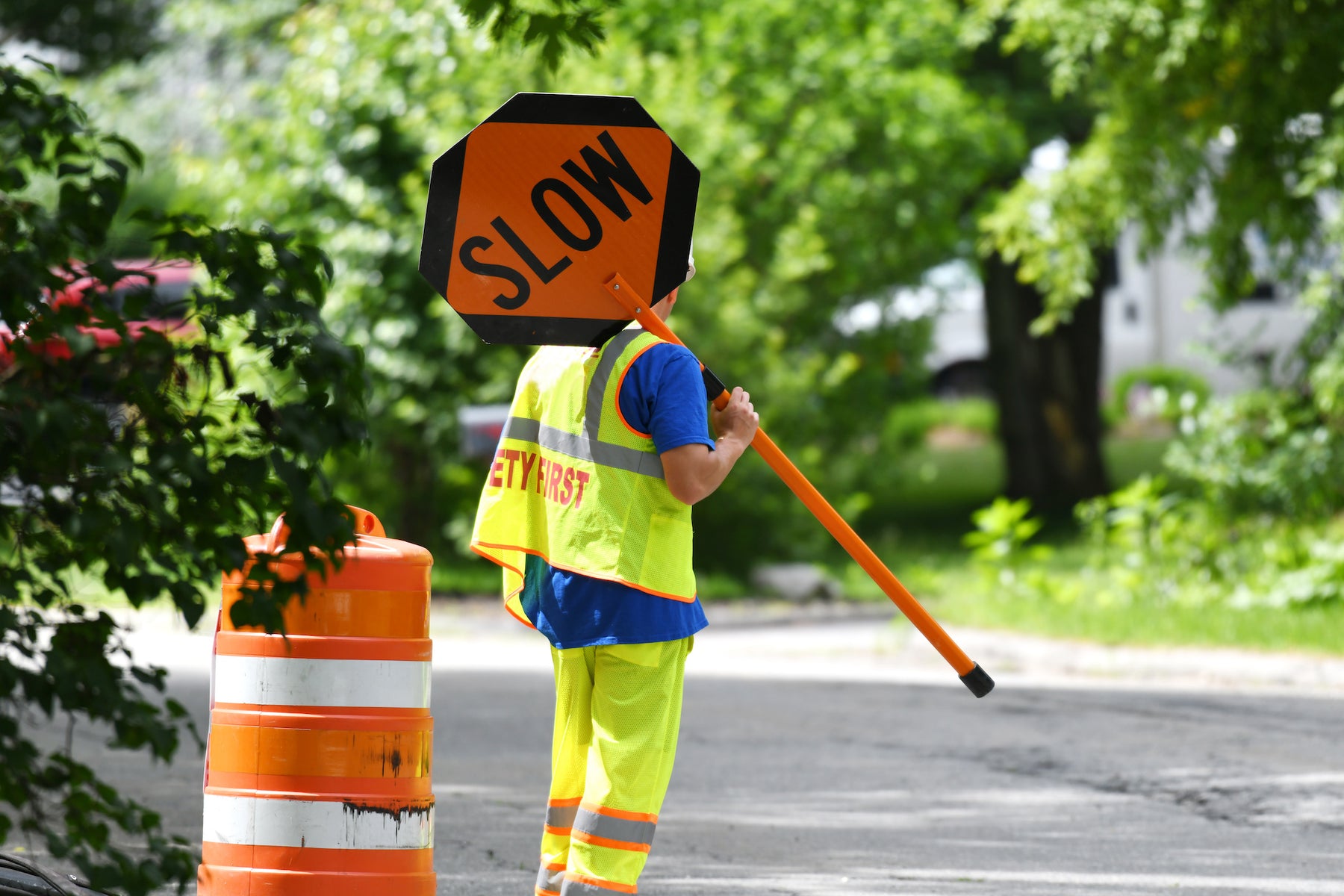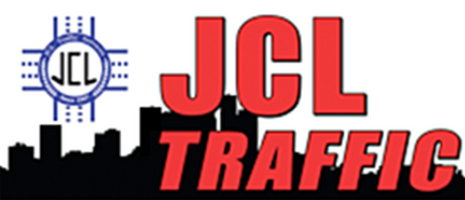
The Importance of Construction Road Signs
Construction sites can be chaotic, with their hustle and bustle of machines, equipment, and workers. It is essential to maintain safety on construction sites to prevent accidents. One way to ensure the safety of workers, drivers, and pedestrians is by using construction road signs. Since construction sites can be dangerous, it is crucial to inform drivers and workers of the road ahead and provide clear instructions on navigating the area.
Keeping Workers and Drivers Safe with Construction Road Signs
Construction project managers, supervisors, business owners, pedestrians, and drivers must know the importance of construction road signs. Road signs help maintain order and facilitate communication on construction sites to ensure everyone stays safe. Ensuring that road signs are visible, easy to read, and strategically placed is essential. Adequate planning and placement of signage can make a difference in preventing accidents.
One of the most crucial aspects of construction road signs is providing ample warning before drivers reach the site. Giving drivers enough time to respond to potential hazards, obstacles, or changes in traffic conditions can prevent accidents and improve safety. Signs that warn motorists of upcoming construction sites, detours, or lane changes are critical indicators that help drivers adjust their speed and position safely.
Another essential element of construction road signs is instructional signs. Instructional signs must be clear and detailed to ensure anyone driving through the construction site understands the navigation rules. This type of sign is crucial when directing traffic around road crew workstations, material storage locations, or other restricted access areas. Instructional signs help avoid confusion and misunderstandings, leading to a safe and efficient traffic flow.
Construction sites also require temporary traffic signals, barricades, and signage to convey traffic flow changes or necessary road closures. Temporary traffic signals with sequential arrows or flashing lights indicate the intended route around a construction site. On the other hand, barricades and cones mark off restricted areas and provide visual cues indicating which lanes are closed or open. These visual cues warn drivers of oncoming obstacles, promoting driver awareness and safety.

Popular Construction Road Signs
Construction work is a challenging task involving managing several elements like machinery, workers, and materials. Road signs are not just reserved for the highway; they play a vital role in construction sites. Here are some of the most popular construction road signs that should be used as applicable.
- "Slow Down" Sign: This sign should be placed in areas where workers are actively working and there may be a possibility of danger. This is to indicate to drivers that they need to reduce their speed. It is important to note that drivers must follow the posted speed limit, but they should reduce their speed even more if workers are on-site.
- "Detour and Road Closure" Sign: During the construction process, there may be instances where roads need to be closed or rerouted. In such cases, detour signs should be used to indicate alternative routes. These signs are vital to ensure that drivers avoid obstructing construction work areas.
- "No Parking" Sign: Parking on a construction site can be hazardous, so "No Parking" signs are essential. They should be placed at the construction site's beginning so drivers know where they shouldn't park. Parking on a construction site can lead to fines, and at worst, it can cause injury to workers or motorists.
- "Road Work Ahead" Sign: This sign should be placed before hazardous conditions. It warns drivers that there is construction work ahead, and they should follow the directions provided. This is especially important in restricted areas, where visibility can be limited, or workers may not be visible.
- "Flagger Ahead" Sign: Flaggers are traffic control personnel who manage traffic flow in work zones. Their presence ensures motorists understand which lane they should travel in and when they can pass. "Flagger Ahead" signs should be placed before any area where people will be controlling traffic. Often, they are accompanied by "Stop" and "Slow" paddles, which the flaggers use to signal drivers.
JCL Traffic is Your Source for Proper Signage and Traffic Supplies
As drivers, we rely heavily on visual cues to navigate roads and reach our desired destinations. That's why clear and accurate signage cannot be overstated. Without it, confusion and chaos can easily take hold on the roads, leading to dangerous situations and frustrating delays. That's where JCL Traffic comes in.
As your trusted source for all things traffic-related, they provide a wide range of signs and supplies to help keep everyone on the road safe and informed. From basic stop signs to more complex directional markers, JCL Traffic has you covered with high-quality products designed to withstand the elements and last for years. So, whether you're a driver looking for guidance or a professional in traffic management, you can count on JCL Traffic to provide the signage and supplies you need to keep things moving smoothly.
Construction work is essential for our communities' safety, improving the quality of our roads and infrastructure. However, applying the necessary safety measures during construction is crucial to minimize the risk to workers and drivers. Providing informative and clear construction road signs ensures drivers and workers can safely navigate the site. Business owners and project managers must take the proper precautions, provide the necessary road signs, and maintain safety standards to create a successful and safe construction site. Remember, safety always comes first, and proper road signs are an excellent way to help ensure it.
